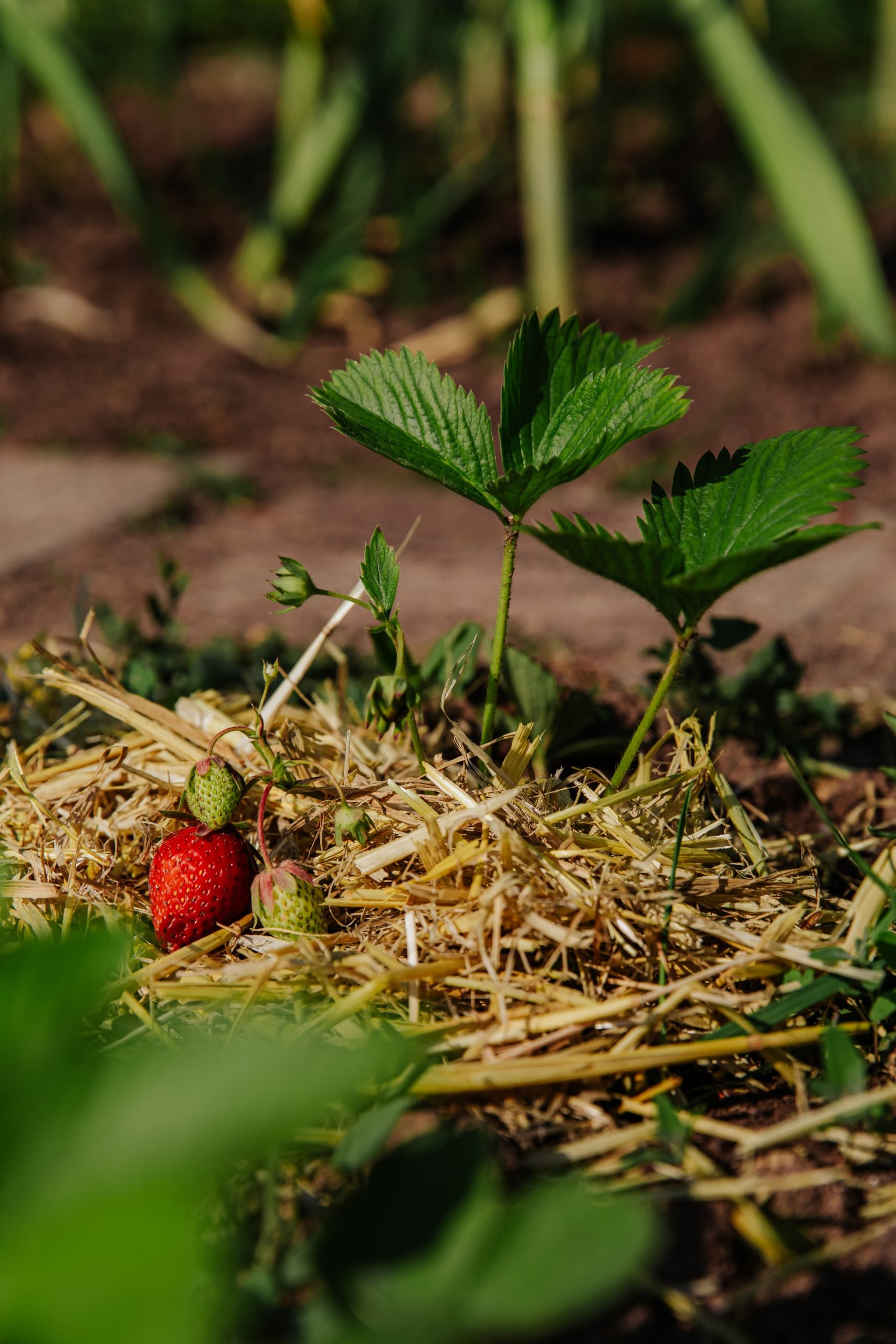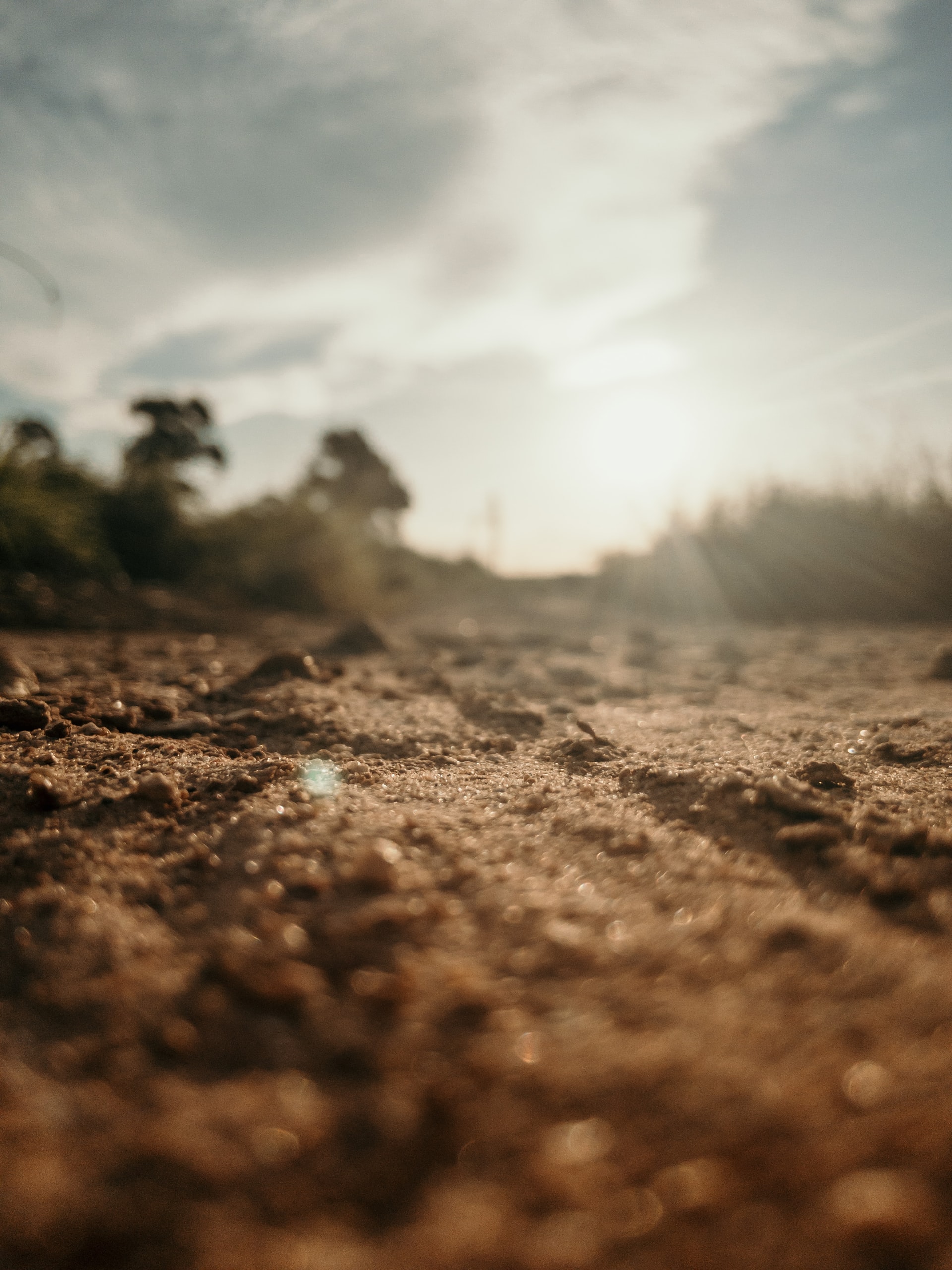Gardening in Colorado mandates the conscious use of effective water conservation techniques. Gardeners can be models of efficient water use, especially in seasons of drought. Additionally, use of water conservation techniques has several other benefits including reduced water costs and weed proliferation.
If you apply the following techniques, plants will respond by growing quickly and producing an abundant harvest. We have also outlined a set of water restrictions required of all community gardeners in response to the on-going drought. Regardless of the duration of the drought, however, DUG advocates gardeners adopt and incorporate these techniques as a way of life.

Water Plants in the Cool of the Day, Especially During the Evening
Watering first thing in the morning or an hour or so before sunset, allows plant roots to utilize moisture more efficiently. Late-day watering allows the water to percolate into the soil for 12 hours or more before the sun and wind magnify the effects of evaporation and transpiration from soil and foliage.
Mid-day watering is a poor use of gardening time and an extremely inefficient way of watering into thirsty soils. Since plants do a significant amount growing at night, it makes sense to provide moisture prior to this critical period.
Water the Roots and Soil, Not the Leaves
Although some plants, such as the broccoli family and lettuces, do not mind overhead watering and moist leaves, most vegetables prefer watering at soil level. Tomatoes, peas and members of the squash and melon families can suffer from disease problems that proliferate on wet foliage.
Cultivate the Soil Before Watering
Hoe the soil around plants at least once a week. This serves a dual purpose—cutting off germinating weeds that compete for moisture and opening up our heavy clay soil so that water can more easily penetrate to deeper levels. Watering should be done after cultivation, while the soil is loose and airy.
Compost Throughout the Season
Compost should be applied at the beginning of the gardening season, digging two inches of compost into the top 4 – 6 inches of soil, as well as several other times during the summer and fall.
Spread a shovel-full of compost around vegetables, flowers and herbs, lightly cultivating the soil to incorporate the organic material. Since compost has the ability to hold up to 100% of its weight in water, this allows soils to hold and release moisture and organic nutrients slowly. Having compost-enriched soils is one of the best water conservation techniques available to gardeners.
Space Plants so that their Mature Leaves Shade the Soil Surface
Soil that is in shade, even in conditions of drought, is more capable of retaining moisture and reducing evaporation. The mini-climate that is produced by plants that are spaced so that mature leaves almost touch provides shading and cooling effects on the soil surface below. You can extend the growing season of cool season plants, such as lettuce, by growing them in the shade of taller plants such as pole beans. Their leaves provide a “living mulch” to help cool the roots of surrounding plants and to retain moisture.
Mulch Any Uncovered Soil Areas
Mulch conserves water, moderates soil temperature, helps to prevent erosion and slowly enriches the soil with humus as it decays. Pesticide-free grass clippings that have dried out for a few days, clean straw or fall leaves are all excellent sources of mulch. Exposed soil areas that are not being used for growing quickly become weedy and unsightly and are spaces where wasteful evaporation occurs. Mulch warm season crops, such as tomatoes and peppers, after the soil warms. Mulch cool season crops, such as lettuce, peas and broccoli several weeks after they have been transplanted or after they have been growing for about a month after germination.
Check the Soil for Needed Moisture
Most vegetables need about an inch of water per week for adequate growth. Poke a stick or your finger an inch to two inches below the soil surface to see if water is needed. Soils that are exposed to the sun (with no mulch), and are deficient in organic matter, will be significantly less efficient at retaining moisture and nutrient supplies than those that are shaded and compost enriched.


Wilting Leaves Do Not Always Signal a Call for Water
Plants with large leaves, such as those in the pumpkin/squash family, normally droop during the heat of the day. Plants are just minimizing the water loss (due to transpiration) and watering them at this time will increase water loss rather than lessen it. It also weakens the plants by promoting shallow rooting structure.
Utilize Efficient Watering Tools
Using a hand-held watering wand with a shutoff nozzle allows you to water underneath leaves and close to the soil surface. This also breaks the force of the spray and lessens effects of soil compaction and erosion. Water with a low volume spray, as this lets water percolate deeply into the soil. Clay soils absorb water slowly. Watering for a short period of time, allowing the water to infiltrate the top layer and then re-moistening the area is a more efficient watering technique rather than short, intense watering. As an option to hand watering we suggest the use of black soaker hose snaked through your garden at the base of your plants.
Harvest Frequently
Harvest crops while plants are actively producing and healthy. Overgrown, insect and/or disease- laden plants should be removed and the area replanted to another type of plant or seeded with a cover crop. When the plant is taking more out of the soil than it returns, it is time to concentrate on soil improvement.




